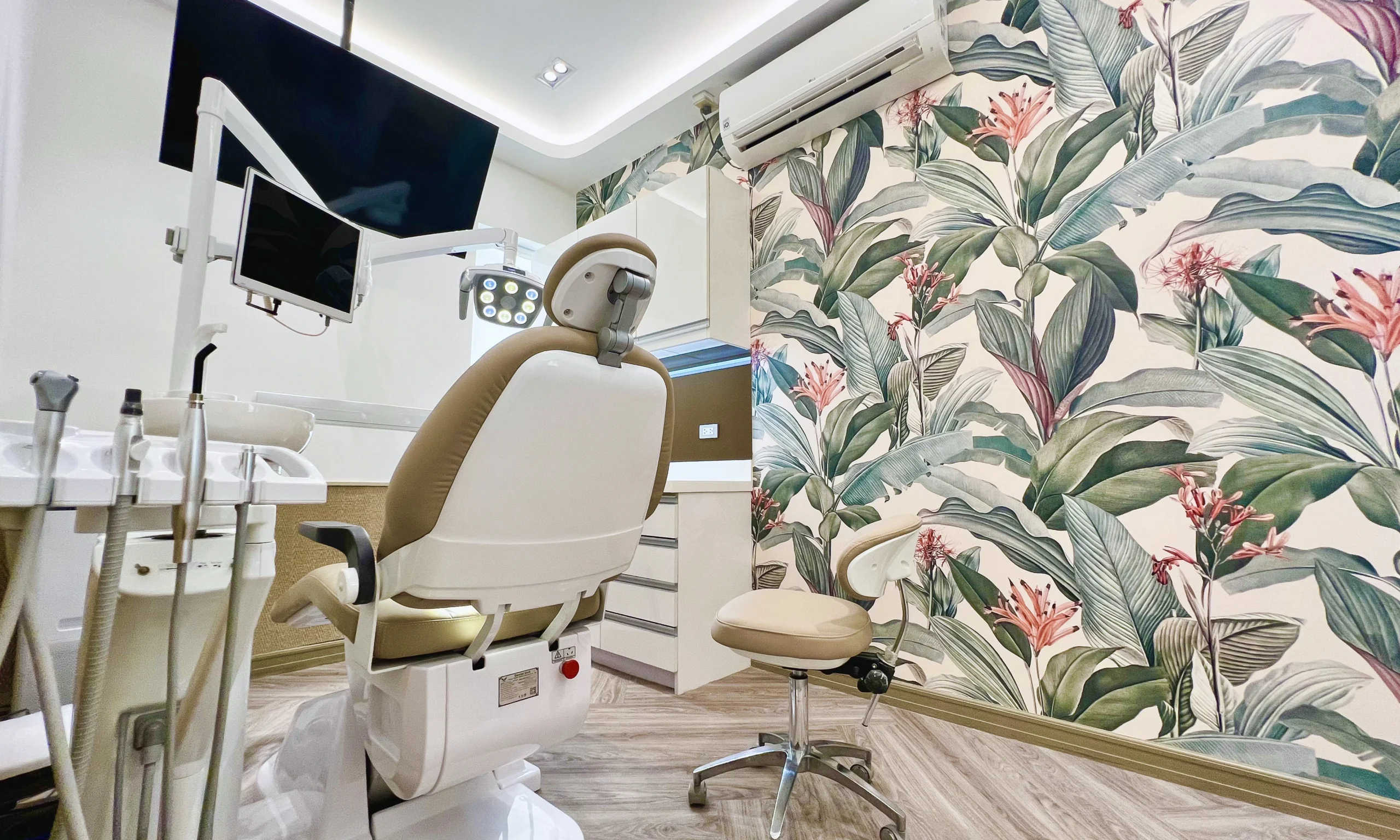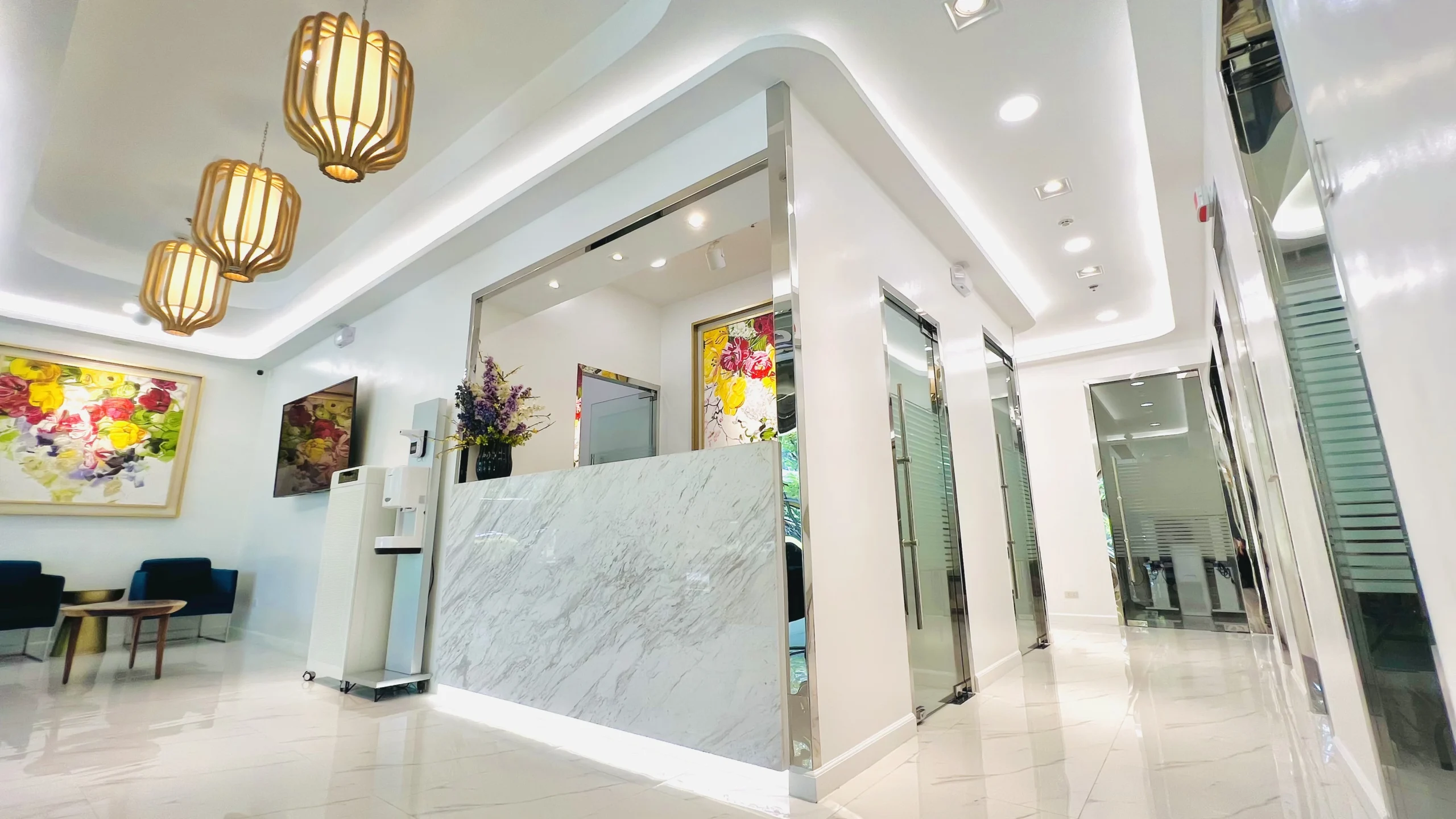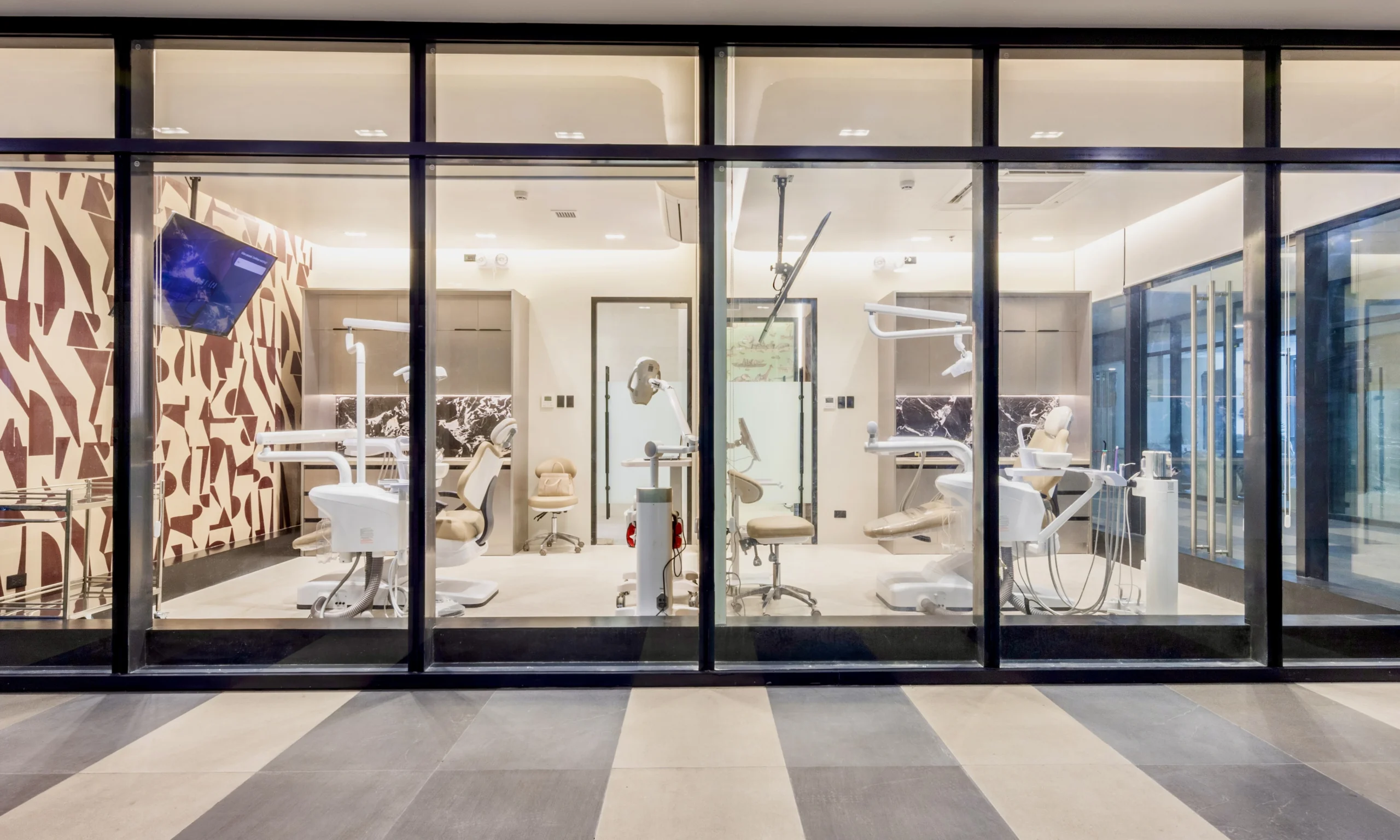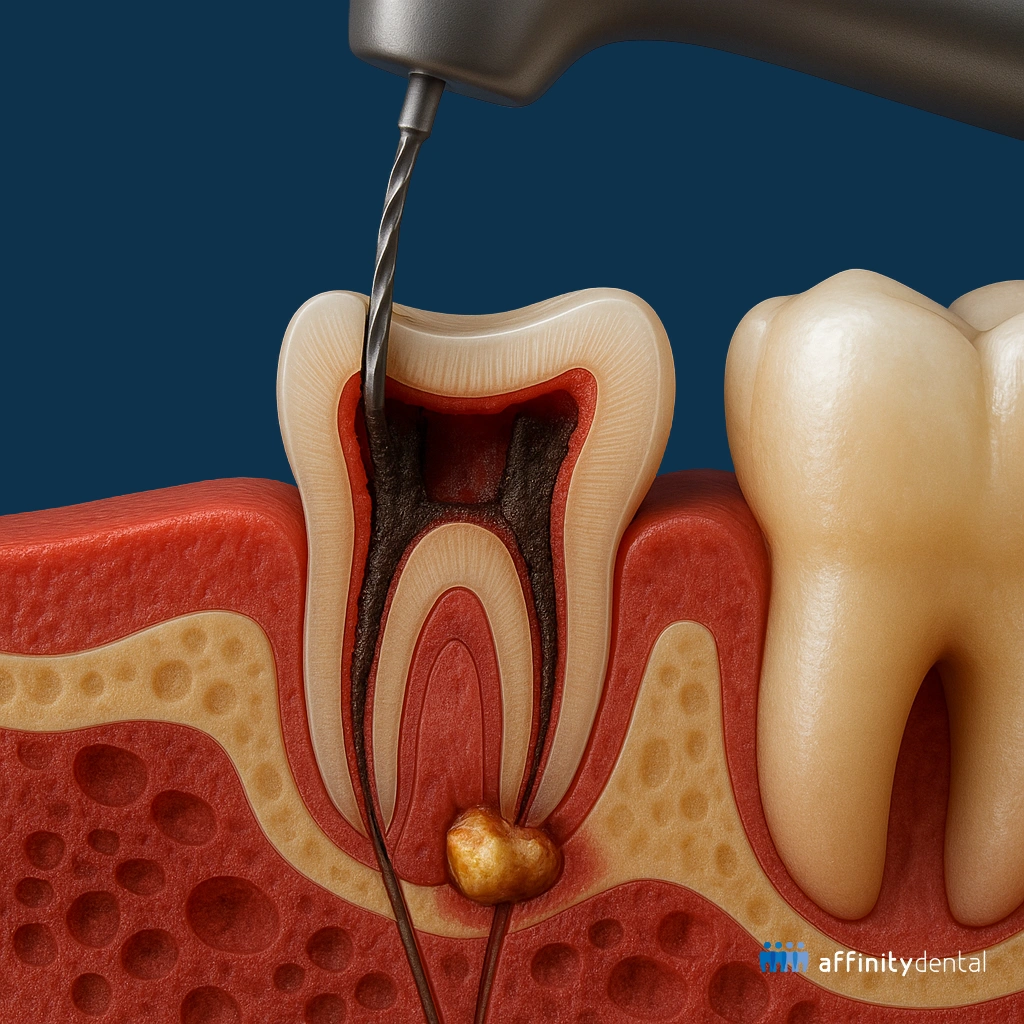
Root Canal Retreatment
A Second Chance to Save Your Tooth
At Affinity Dental Clinics, we understand that dental treatments don’t always go as planned. Sometimes, even a tooth that has undergone a root canal treatment can become painful or infected again. When this happens, it doesn’t necessarily mean the tooth must be extracted. In many cases, a procedure called Root Canal Retreatment can give your tooth a second chance.
This specialized treatment falls under the realm of Endodontics, one of our core services at Affinity Dental Clinics.
Why Root Canals Sometimes Need Retreatment
Root Canal Treatment is a meticulous and delicate procedure that involves cleaning, shaping, disinfecting, and sealing the internal root canals of a tooth. Despite being highly effective, root canals can occasionally fail, often due to:
• Complex root anatomy
• Incomplete cleaning or sealing
• New decay or fractures compromising the previous work
• Delayed placement or failure of the final restoration (like a crown)
• Persistent or reintroduced infection
When any of these factors occur, symptoms may return—often in the form of swelling, pain, or sensitivity. And while this can be discouraging, Root Canal Retreatment can often resolve the issue and save the tooth.
We See Many Patients Seeking Retreatment
At Affinity Dental Clinics, we regularly see patients who had root canal work done elsewhere—sometimes recently, sometimes many years ago. Whether the symptoms returned soon after the initial treatment or emerged years later, these patients are often referred to us for expert evaluation and retreatment.
We take these cases seriously. Unlike primary root canal treatments, Retreatments are more complex, requiring not just technical skill, but careful planning, advanced imaging, and a thoughtful approach.
What Happens During Root Canal Retreatment?
One of the key factors in Root Canal Treatment is recognizing that not all teeth are created equal. Each tooth type has a different number of canals:
• Premolars may have 1 or 2 canals
• Molars can have 3 to 4 canals, and sometimes more
Molars, with their complex root anatomy and multiple canals, often require more time, expertise, and precision to treat. The cost of a root canal treatment would depend on the complexity and the number of roots. The more roots, more time will be needed and more number of visits required.
Teeth Are Not All the Same
One of the reasons root canal retreatment can be complex is that tooth anatomy varies widely. Some teeth have:
Depending on the complexity of the tooth, RCT may require:
• Narrow, curved, or calcified canals
• Canals that were previously blocked or not visible on standard X-rays
These anatomical differences mean that treatment success is closely tied to the dentist’s experience and diagnostic technology.
At Affinity Dental Clinics, our team is backed by state-of-the-art technology, including:
• Cone Beam CT Scans (CBCT) for 3D imaging
• High-magnification loupes and microscopes
• Advanced endodontic instruments and materials
This combination of skill and technology allows us to treat even the most difficult retreatment cases.
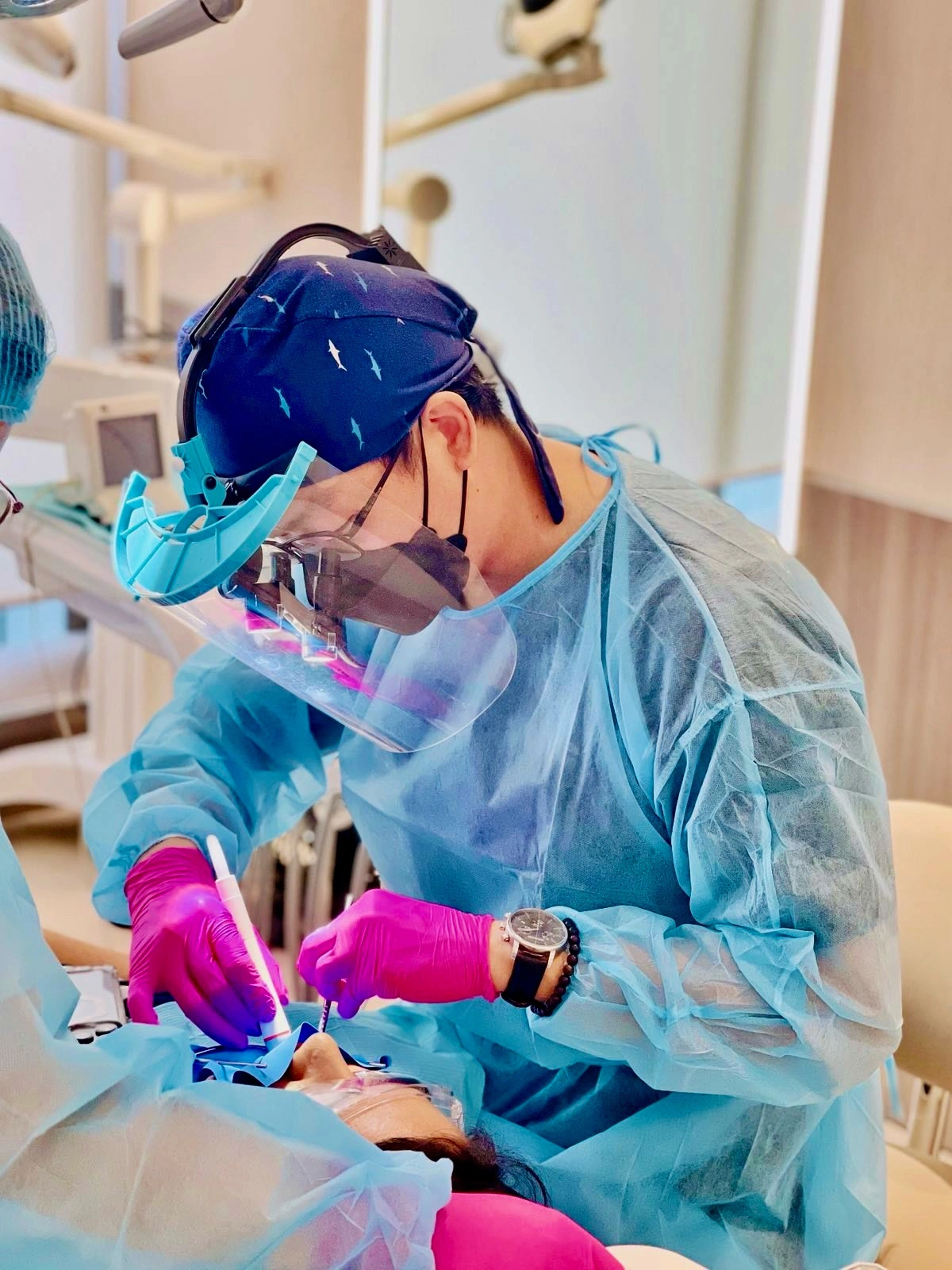
Single Visit vs. Multiple Visits
Because Root Canal Retreatment is more complex than initial treatment, many cases require multiple visits. This is especially true if:
• Infection is significant and requires additional time for disinfection
• Temporary medication needs to be placed between visits
However, in select cases—particularly in single-rooted teeth or when the anatomy is straightforward—a retreatment may be completed in a single visit.
We always take the time to explain your case clearly, outline your treatment plan, and let you know what to expect—every step of the way.
What Is the Prognosis of Root Canal Retreatment?
Here’s the honest truth: Root Canal Retreatment does not have the same success rate as initial treatment. While primary root canal procedures have success rates of over 90%, Retreatment success varies depending on:
• The skill and technique used during retreatment
• The time elapsed since the first treatment
• The patient’s overall oral health and hygiene
Success rates for retreatment generally range from 70% to 85%. At Affinity Dental Clinics, we never promise success without proper assessment. Our dentists will always evaluate the condition of your tooth, weigh the risks and benefits, and offer honest recommendations about whether your tooth is still worth saving.
When Is Extraction a Better Option?
As much as we believe in saving teeth, we also know when it’s no longer the best choice. If your tooth has:
• Severe bone loss
• Recurrent or persistent infection despite retreatment
• Insufficient structure to support a new crown
—we may recommend extraction and discuss options like Dental Implants, Bridges, or Partial Dentures. If your tooth is not worth saving, we will tell you gently, clearly, and without pressure. You deserve all the facts to make an informed decision.
In Summary
Root Canal Retreatment is not just about fixing a failed procedure—it’s about giving your tooth a second chance at life. At Affinity Dental Clinics, we take that responsibility seriously.
With a team of skilled dentists, honest assessments, and compassionate care, we’re here to help you navigate the decision and, when appropriate, save your natural tooth.
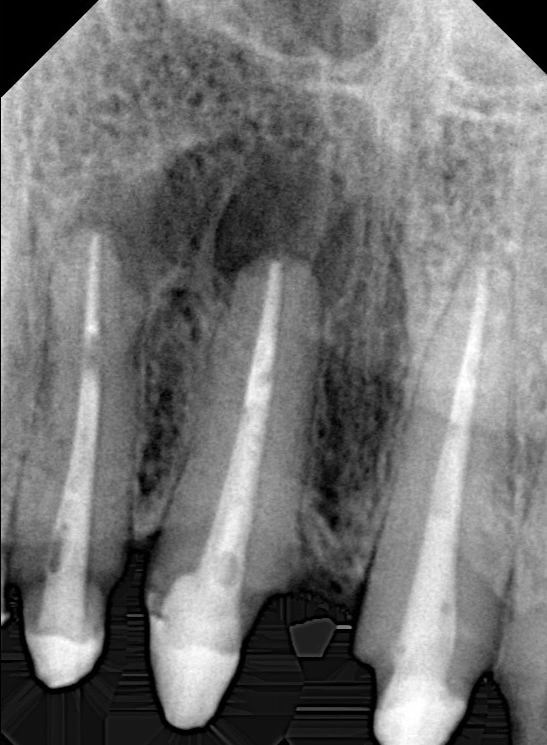
Ready for a Second Opinion?
If you’ve been told you need retreatment—or if you’re unsure whether your previous root canal is still holding up—schedule a consultation with us today. Visit any of our clinics in convenient locations near you.
Visit us in Makati, BGC, Ortigas, Alabang, Parañaque, or Cebu
Book an appointment online or through your preferred branch things.
Book an Appointment
One moment, your message is being sent...
Please wait for the confirmation message before going back or closing your browser.
Sub heading
Content Place Here without Image

Content Continuation
Sub heading

Content Place Here without Image
Content Continuation
Sub heading

Content Description
Sub heading

Content Description Numbered
Intro Paragraph
Additional (Optional)
- Items
- Items
- Items
- Items
Component for Direct Content without image
Intro Paragraph
2nd Pragraph Optional
Closing paragraph
Component for Steps Content without image
Intro Paragraph
Text Description
- This list is optional, if the content does not have bulleted items remove the "ul and /ul"
- Items
- Items
Outro Paragraph (Optional)
Component for Steps Content with image

Intro Paragraph
Text Description
- This list is optional, if the content does not have bulleted items remove the "ul and /ul"
- Items
- Items
Outro Paragraph (Optional)
Other design for itemized content
Intro (copy this if there are more paragraphs)
Text Description
Table Title No Image
| Column Heading | Column Heading | Column Heading | Column Heading | Column Heading |
|---|---|---|---|---|
| Row Data | Row Data | Row Data | Row Data | Row Data |
Table Title with Image

| Column Heading | Column Heading | Column Heading | Column Heading | Column Heading |
|---|---|---|---|---|
| Row Data | Row Data | Row Data | Row Data | Row Data |
Frequently Asked Questions
Answer
Answer
Answer
